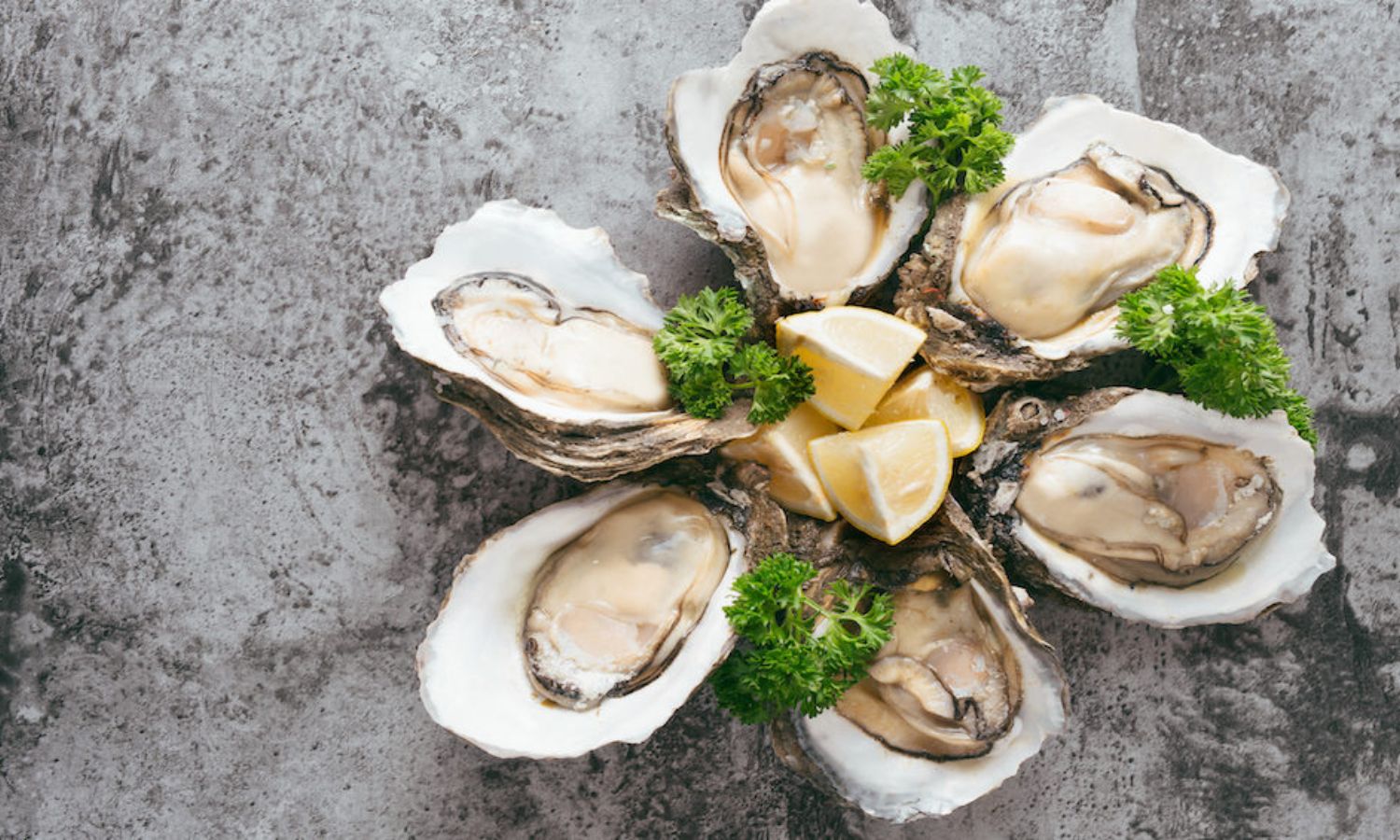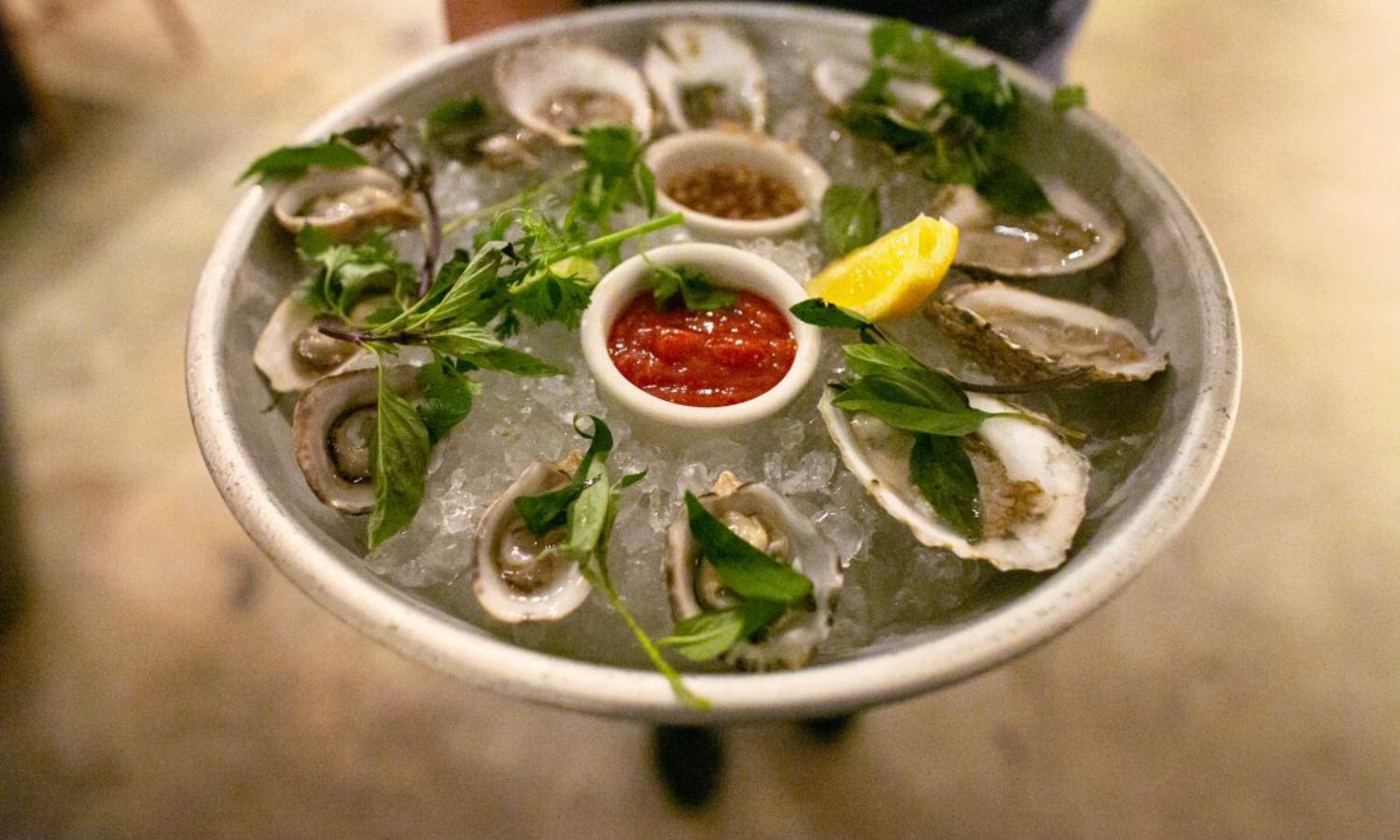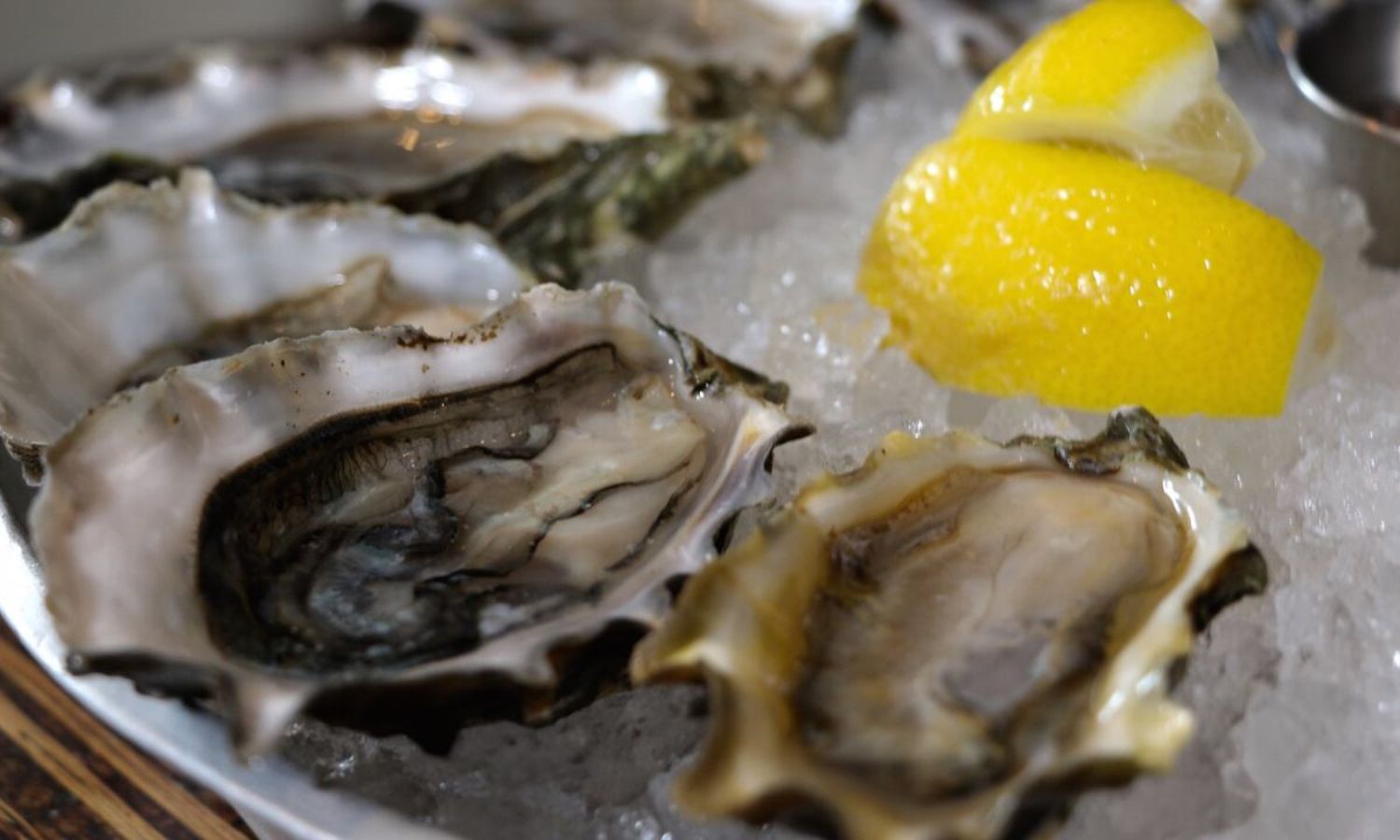California Issues Warning on Raw Oysters: California has issued a warning regarding the consumption of raw oysters due to concerns over norovirus. The Food and Drug Administration has responded by identifying oyster harvest locations that may be contaminated.
Consumers are urged to exercise caution and inquire about the origins of oysters before consuming them. This outbreak has had a significant impact on both dining establishments and home consumption.
As a collaborative effort, measures are being taken to safeguard public health amidst this oyster contamination crisis.
Key Takeaways Of California Issues Warning on Raw Oysters
– Health officials in Southern California issue a warning about raw oyster consumption due to a norovirus outbreak.
– The FDA issues an advisory identifying oyster harvest locations contaminated with norovirus and advises restaurants to discard oysters from these locations.
– Consumers are strongly advised to exercise caution, inquire about oyster origins, and ensure oysters come from reputable, certified suppliers.
– The norovirus outbreak has had a significant impact on dining establishments and home consumption, with a decrease in oyster sales and restaurants taking additional precautionary measures.
Gastrointestinal Outbreak Alert: Caution Urged for Raw Oyster Consumers
Gastrointestinal outbreak alert calls for heightened caution among raw oyster consumers. Health officials in Southern California have issued a warning urging the public to exercise caution when consuming raw oysters, particularly those sourced from specific regions in Mexico.
This comes in light of a recent outbreak of gastrointestinal illness, with over 200 reported cases of suspected norovirus infection. As a result, concerns about the safety of consuming raw oysters have escalated.
Norovirus is a highly contagious virus that causes symptoms such as stomach pain, nausea, vomiting, and diarrhea. It can spread easily through contaminated food and water, making raw oysters a potential source of transmission.
Therefore, it is crucial for consumers to be aware of the risks associated with consuming raw oysters and to take necessary precautions to protect their health.
FDA Response: Advisory Identifies Tainted Oyster Harvest Locations
The FDA has responded to the norovirus concerns by issuing an advisory that identifies the oyster harvest locations tainted with the virus. This advisory aims to protect consumers from potential health risks associated with consuming raw oysters contaminated with norovirus.
By pinpointing particular harvest locations in Mexico, where these tainted oysters may be sourced from, the FDA provides crucial information to health authorities and restaurants in Southern California.
It is recommended that restaurants discard any oysters imported from these identified locations until further notice. This proactive measure by the FDA demonstrates their commitment to public health and safety, as well as their ability to respond swiftly to emerging concerns.
Consumer Warnings: Exercise Caution and Inquire About Oyster Origins
Consumers are strongly advised to exercise caution and inquire about the origins of oysters before consumption, especially amidst the current norovirus concerns in California. Norovirus is a highly contagious virus that can cause severe gastrointestinal illness. To ensure your safety, consider the following:
– Check the origin: Inquire about the source of the oysters and ensure they come from reputable, certified, and regulated suppliers.
– Look for certifications: Look for certifications such as the HACCP (Hazard Analysis Critical Control Point) certification, which ensures that the oysters have been handled and processed safely.
– Observe cleanliness: Ensure that the oysters are properly cleaned and handled by knowledgeable and trained staff.
– Practice good hygiene: Wash your hands thoroughly with soap and water before and after handling oysters.
– Cook oysters thoroughly: If you’re concerned about the safety of raw oysters, consider cooking them thoroughly to kill any potential pathogens.
Public Impact: Norovirus Outbreak Affects Dining and Home Consumption
The widespread norovirus outbreak has significantly impacted both dining establishments and individuals who consume oysters at home.
As a result of the outbreak, dining establishments have seen a decrease in oyster sales, with many customers opting for alternative menu options to avoid the potential risk of norovirus contamination. Restaurants have also had to take additional precautionary measures, such as thoroughly sanitizing their kitchens and utensils, to ensure the safety of their customers.
Similarly, individuals who enjoy oysters at home have been advised to exercise caution when purchasing and preparing raw oysters. The California Department of Public Health has warned consumers about the potential contamination risk and has urged them to inquire about the origin of the oysters before making a purchase.
These measures have been put in place to protect the public from the harmful effects of norovirus and to prevent further spread of the outbreak.
Collaborative Response: Safeguarding Public Health Amid Oyster Contamination
To effectively address the oyster contamination issue and ensure public safety, regulatory bodies and industry stakeholders must work collaboratively. Here are five key actions that can be taken to safeguard public health amid oyster contamination:
– Enhanced monitoring and testing protocols: Implementing rigorous monitoring and testing procedures can help identify potential sources of contamination and prevent contaminated oysters from reaching consumers.
– Improved communication and education: Providing clear and accurate information to the public about the risks associated with consuming raw oysters can help raise awareness and promote safer consumption practices.
– Strengthened regulations and enforcement: Enforcing strict regulations on oyster harvesting, handling, and processing can minimize the risk of contamination and hold accountable those who do not adhere to safety standards.
– Collaboration between industry and regulators: Establishing open lines of communication and collaboration between industry stakeholders and regulatory bodies can foster a proactive approach to addressing contamination issues and implementing preventive measures.
– Research and innovation: Investing in research and innovation can lead to the development of new technologies and processes that can further enhance the safety and quality of oysters, reducing the risk of contamination.
Also Read: Environmental Damage From Boats in California
Conclusion Of California Issues Warning on Raw Oysters
The recent outbreak of norovirus linked to raw oysters in California has raised concerns about the safety of consuming these shellfish.
The FDA has issued an advisory identifying the contaminated oyster harvest locations, urging consumers to exercise caution and inquire about the origins of their oysters.
This outbreak has had a significant impact on both dining establishments and home consumption.
Collaborative efforts are underway to safeguard public health and prevent further contamination of oysters.
Q1. Can you get norovirus from raw oysters?
A. Consuming raw oysters and other filter-feeding shellfish poses a potential health risk, as they can harbor viruses and bacteria that may lead to illness or, in severe cases, even death. Individuals who indulge in raw shellfish are exposed to the risk of contracting norovirus, emphasizing the importance of considering the potential health hazards associated with the consumption of these delicacies.




